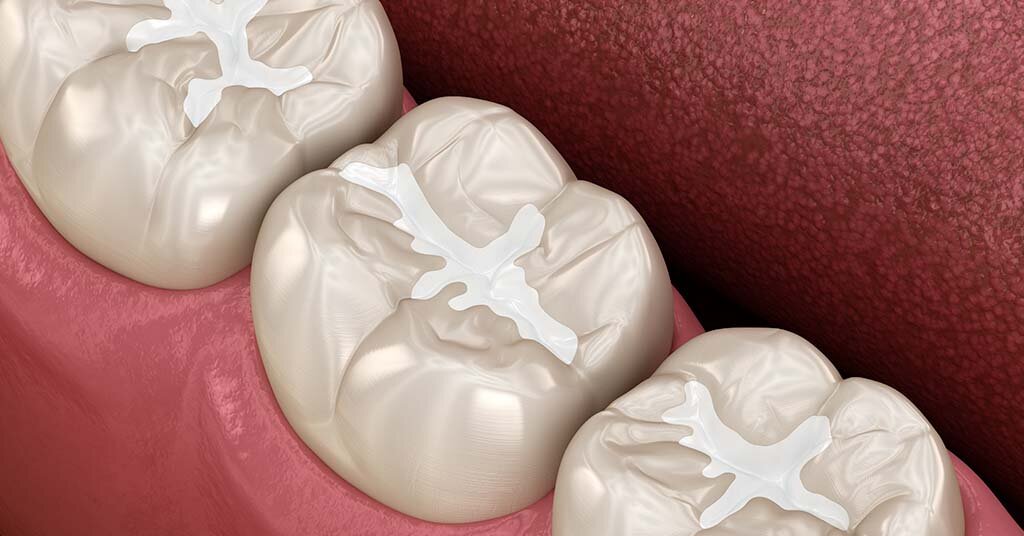How do I know if I need a dental filling?
A dentist will usually recommend a dental filling for small cavities with minor tooth decay. A toothache is the most common sign you need a filling, but there are other signs to look out for also. This includes sensitivity to cold or hot temperatures, pain when biting down, and visible holes in your teeth.
Your dentist will use a small mirror to examine the surfaces of each tooth, and anything that looks abnormal such as discoloration, is sensitive to temperature changes or defective, will be closely checked and X-ray done. The treatment will depend on the extent of damage and the type of filling you agree on.
Which type of filling is best?
There are a variety of different types of materials that can be used to fill cavities in the teeth including the following:
- Gold
- Silver amalgam
- Composite
- Ceramic
- Glass ionomers
The most popular types of fillings are composite and porcelain fillings. Both of these options offer their own benefits for patients with cavities. Each type of materials can be used to fill cavities in the teeth. Your dentist is the best person to help you determine the right material suited for your needs, including your budget and your current oral health.
How much do fillings cost?
When your dentist recommends a type of filling for you, you should factor in the location of the cavity in your mouth, severity of decay, cost, and your insurance coverage. Composite resin fillings, also called clear or tooth colored range between $90 to $250 for one or two tooth surfaces and $150 to $450 for three more surfaces. Cast-gold fillings, also called inlays and onlays, porcelain, or indirect cost between $250 to $4,500 depending on the number, location, and complexity of the cavities.
What to expect during a dental filling procedure?
The steps for a filling may vary, depending on your dentist, filling’s location and the materials used. But the general steps are:
- Your dentist applies a numbing gel to the gums to desensitize your mouth.
- The dentist will inject a local anesthetic into the gum.
- Drills to of remove the decayed part of the tooth creating a hole.
- They then fill the hole in the tooth.
- Lastly, polish the filling and adjust if needed so your bite feels normal.
If your dentist is placing a composite filling, they will first etch the tooth with an acid gel. Etching makes tiny holes in the tooth’s enamel so the composite material fills as the dentist places the filling. A bonding material is also used so that the filling bonds to the tooth and hardened by a special light to cure (harden) the composite filling.
After getting your filling, you could experience some changes in sensation on the tooth which usually don’t last long such as sensitivity to air, cold or hot food or drinks. You may notice increased sensitivity from the pressure of biting on the new dental filling, particularly if the dental filling is for a deeper cavity. Usually, sensitivity decreases in 1–2 weeks. However, if you experience immediate pain and extra pressure when you bite down after getting your filling your dentist can easily correct it.
If you are still feeling pain after 2 weeks you may need to visit your dentist. Some reasons might include needing to use a different filling material, adding a base, liner or desensitizing agent to the tooth. In some cases, if your filling is too deep, your dentist might recommend a root canal treatment.
Do you think you need a filling?
Fillings shouldn’t keep you from wearing your smile proudly. So, whether you need a filling now or in the future, you can feel confident about the process, we invite you to schedule an appointment with the McKinney dentist, Dr. Prida. If you would like more information call 214-613-1500 today.

